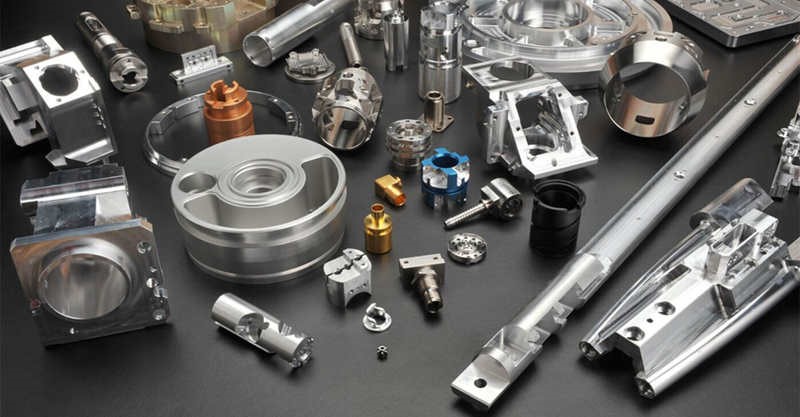Introduction
In today’s high-tech world of precision manufacturing, Computer Numerical Control (CNC) machines are the backbone of the industry. These machines have revolutionized manufacturing processes by automating tasks and delivering unparalleled precision. However, the efficiency and accuracy of CNC machines depend significantly on effective communication systems. In this article, we will explore the critical role of CNC communications in modern manufacturing and delve into the technologies that enable seamless interactions between CNC machines and operators.
Understanding CNC Machines
CNC machines are automated tools used to control machining processes. They interpret Computer-Aided Design (CAD) files and convert them into precise movements of cutting tools or other mechanical devices. These machines are widely used in industries such as aerospace, automotive, electronics, and medical device manufacturing. The primary goal is to produce highly accurate and consistent parts with minimal CNC communications intervention.
Key Components of CNC Communications
- CAD/CAM Software Integration
CNC machines start with CAD/CAM (Computer-Aided Design/Computer-Aided Manufacturing) software. CAD software helps engineers design 3D models of parts, while CAM software generates toolpaths and instructions for the CNC machine. The seamless integration of CAD/CAM software with CNC systems ensures that the intended design is accurately translated into machine code.
- G-code Programming
G-code is the language of CNC machines. It consists of a series of commands and coordinates that tell the machine how to move, what tools to use, and how fast to perform each operation. Skilled programmers write G-code instructions that are specific to the machine and the part being produced. Effective G-code programming is crucial for achieving precision and efficiency.
- CNC Machine Controller
The CNC machine controller is the brain of the operation. It interprets the G-code and translates it into physical movements, controlling motors, spindles, and other components. Modern CNC controllers often feature user-friendly interfaces, allowing operators to monitor and adjust settings in real-time.
- Communication Protocols
CNC machines communicate with external devices through various protocols, including Ethernet, USB, and RS-232. These protocols facilitate data transfer between the machine and external computers or control systems. Ethernet-based communication is becoming increasingly popular due to its high-speed and reliability, enabling real-time monitoring and remote control.
Importance of Efficient CNC Communications
- Precision and Accuracy
Efficient CNC communications ensure that the machine executes commands accurately and consistently. Any disruptions or delays in communication can lead to errors in the final product, which is unacceptable in industries where precision is paramount.
- Productivity
Seamless communication between CNC machines and operators allows for faster setup, monitoring, and troubleshooting. This translates to improved productivity and reduced downtime, which is critical for meeting production deadlines.
- Quality Control
Effective CNC communications enable real-time data exchange, allowing operators to monitor the machine’s performance and make adjustments on the fly. This contributes to better quality control and the early detection of any issues that may affect the final product.
- Remote Monitoring and Automation
In an era of Industry 4.0, CNC communications play a pivotal role in remote monitoring and automation. Manufacturers can monitor and control CNC machines from anywhere in the world, enabling lights-out manufacturing and increased efficiency.
Technological Advancements in CNC Communications
- IoT Integration
The Internet of Things (IoT) has found its way into CNC manufacturing. By connecting CNC machines to the internet, manufacturers can collect real-time data on machine performance, predict maintenance needs, and optimize production processes.
- Cloud-Based Solutions
Cloud-based CNC communication solutions enable secure storage of CAD/CAM files and G-code programs. This allows for easy access, version control, and collaboration among team members from various locations.
- Augmented Reality (AR)
AR technologies are being used to provide remote support for CNC machine operators. Technicians can wear AR glasses, allowing experts to see exactly what the operator sees and guide them through troubleshooting and maintenance procedures.
Conclusion
Efficient CNC communications are the linchpin of modern precision manufacturing. They ensure that CNC machines operate with the precision and speed required to meet the demands of various industries. As technology continues to advance, CNC communications will play an even more significant role in driving productivity, quality, and automation in the manufacturing sector. Staying abreast of these developments is crucial for manufacturers aiming to remain competitive in today’s fast-paced manufacturing landscape.


